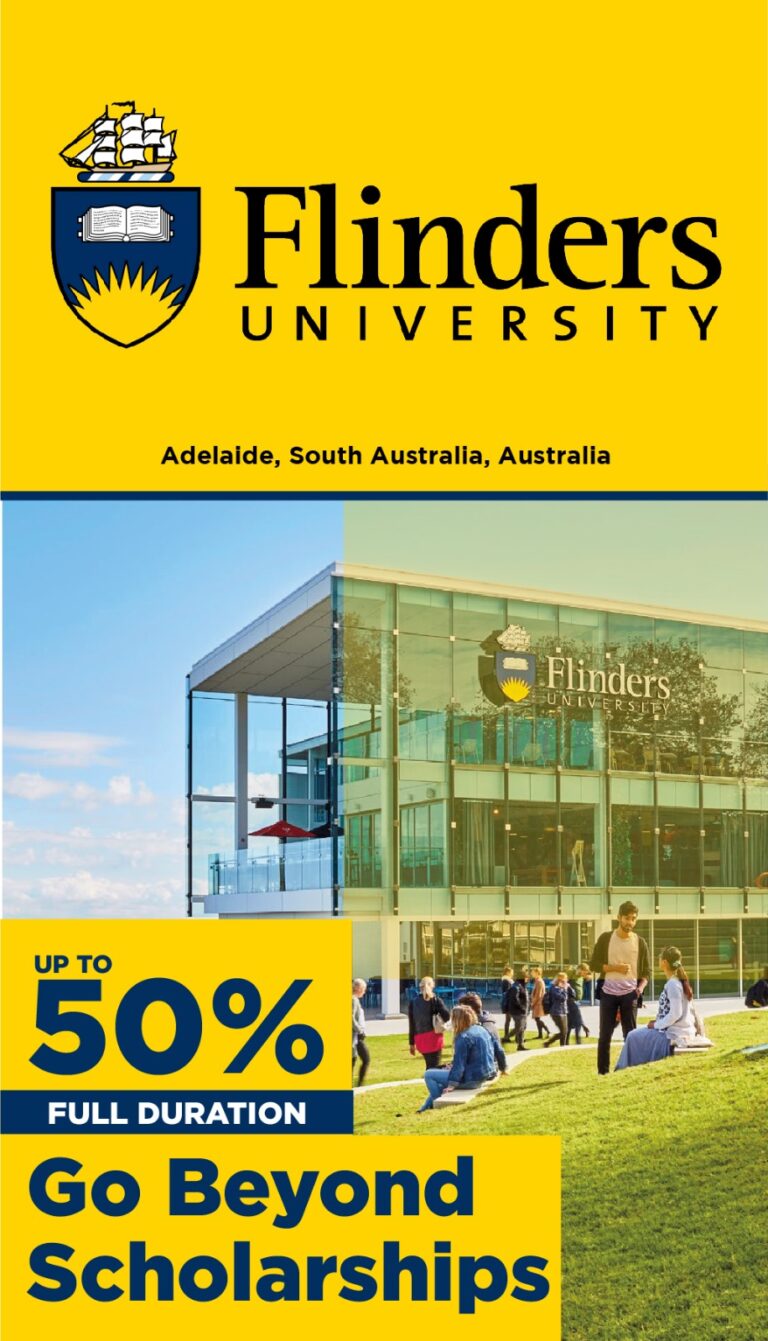Diploma in Advanced VFX (Virtual Production)
- Kwantlen Polytechnic University
- Advanced VFX (Virtual Production)
- Diploma
- Computer & It
- Public
- Canada
Kwantlen Polytechnic University’s Diploma in Advanced VFX (Virtual Production) is not a sub-discipline but a specialized program focused on advanced visual effects techniques and virtual production technologies. It covers areas such as real-time rendering, motion capture, and integrating CGI with live-action footage. The program is important for developing skills to create high-quality visual effects for film, television, and digital media. Graduates play a significant role in advancing the entertainment industry by enhancing storytelling with cutting-edge effects and immersive experiences. Their work impacts the world by shaping global media trends, pushing the boundaries of visual creativity, and contributing to innovative content production.
| Category | Details |
|---|---|
| Time | Full time |
| Campus | Surrey |
| Duration | 2 Years |
| Deadline-Date | 01-August,01-December,01-March, |
| Fee Per Year | $21,368.00 |
| Application Fee | 120 C$ |
| Currency | CAD$ |
| Intake Link | https://www.kpu.ca/admission |
| Deadline Link | https://www.kpu.ca/admission/deadlines-international |
| Intakes | January|May|September |
| Program language requirement |
Who can Choose this program?
A high school diploma or its equivalent is usually required, along with a solid foundation in technology and the visual arts. Digital media, graphic design, and computer science are essential subjects that give students a foundation in the artistic and technical components of visual effects.
Additional Information
| Category | Details |
|---|---|
| Scope of the program | A career in the cutting-edge fields of virtual production and visual effects is possible with a diploma in advanced virtual effects (VFX). Graduates can work on producing realistic and immersive effects for movies, television shows, video games, and digital media as VFX artists, virtual production specialists, or visual effects supervisors. Opportunities may arise at gaming firms, VFX houses, and film and television studios where they can help design complex visual effects and combine computer-generated and live-action content. With the use of cutting-edge technology, the diploma also equips students for careers in motion capture, virtual set design, and real-time rendering, which produce dynamic and breathtakingly beautiful video. |
| Program entry requirement | |
| Required GPA | A CGPA of at least 2.0 is required. |
| GRE Required | N/A |
| GMAT Required | N/A |
| Application Process | 1. Register for an Online Application: To start your application, create an account on the universitys application portal. This will give you access to the online application form. 2. Start the Application Process: Once registered, start filling out the online application form. The process is simple. 3. Complete the Application Form: Fill out the form with proper and complete information about your academic background, personal details, and program preferences. This will help them to better understand your qualifications. 4. Upload Required Documents: Use the portal to submit the necessary documents online, which may include: Official Transcripts: Submit official transcripts from any institutions you have attended. Standardized Test Scores: If applicable, upload your English language test score reports. CV or Resume: Provide an up-to-date CV or resume that highlights your educational and professional experience. Statement of Purpose: Write a statement detailing your goals for the program, research interests, and reasons for applying. Letters of Recommendation: Arrange for two recommenders to submit letters of recommendation through the portal, based on their knowledge of your academic capabilities. |
| Available Scholarships | https://studyabroadupdates.com/scholarships/ |
| Program accreditation | N/A |
| Living expenses | Student residences: 250 625 CAD/month. University-arranged homestays: 400 800 CAD/month. Rent & share an apartment: 300 700 CAD/month, prices for rent depend on location and facilities. If you choose to rent a studio/one-room apartment, you can pay over 1,000 CAD/month. |
| Visa Process Details | 1. Completed application form (IMM 1294). 2. Acceptance letter from the university. 3. Proof of funds showing you can cover your living expenses and tuition fees. 4. Bank statements. 5. Educational documents or evidence of sponsorship (if applicable). 6. Medical examination report from a doctor authorized by immigration. 7. Police clearance certificates from your country of birth and from any other countries where you have lived for six months or more in the past five years. 8. Passport-sized photographs. 9. Payment for the study permit application fee (currently 150 CAD). 10. Custodian Declaration (IMM 5646) (if applicable), required if you are a minor, must be signed by your custodian in Canada. |
| Part timework | You can only work 20 hours a week as a student with a study permit during a regular academic semester. During planned breaks, such as summer or winter holidays, you can work 40 hours a week. |
| Post-study work opportunity | Depending on the length of the course, a post-study work permit in Canada allows you to remain in the country after finishing your studies for a maximum of three years. After graduating, those who wish to pursue further education can apply for a visa and study in Canada. |



